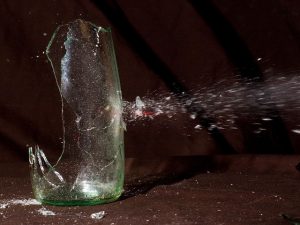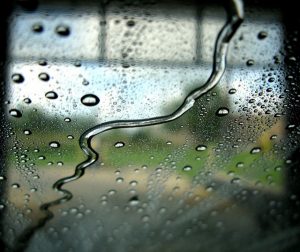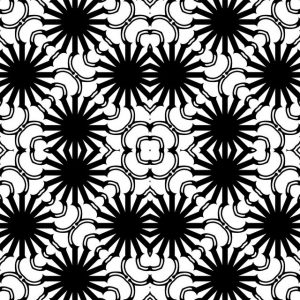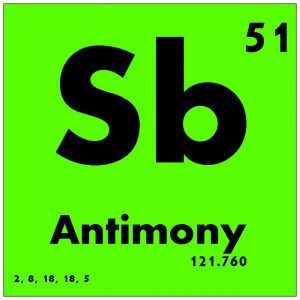Is glass a solid after all?
Now some scientists are looking at hardened glass in a different way, and that allows them to reach the conclusion that hardened glass is, in fact, a solid. Molecules in liquids flow easily over each other. They have no specific order. One of the traditionally accepted reasons that glass “can’t be” a solid is that without that ordered molecular structure, cooled glass molecules continue to “flow” just as liquid molecules would do.
Cooled glass molecules don’t flow easily, like they do when they’re heated. They move almost imperceptibly, but they do move. Researchers at the University of Bristol and Kyoto University worked together to model the movement of glass molecules at very low temperatures.
They discovered that at extremely low temperatures, the molecules in glass organize themselves in geometric shapes – not quite the crystalline structure that characterizes all other solids – but they did organize into a predictable pattern. They also determined that given enough time in the right conditions, the geometric patterns would grow to encompass all regions of the glass. At that point, the material would be considered a true solid.
The solid nature of glass was actually predicted by a researcher at the University of Bristol in 1952, but at the time, the theory was impossible to prove. Advances in microscopy and computer modeling allowed the research team to confirm the 64-year-old theory.
Glassprimer™ glass paint is a specialized glass coating that bonds permanently to glass surfaces. GlassPrimer also makes a glass surface molecular activator that is designed to work with UV-inkjet glass printing processes. Glassprimer™ glass paint can be used in both interior and exterior applications and can help reduce solar heat gain in some applications. For more information about Glassprimer™ glass paint, please visit the rest of our site. If you’d like to purchase Glassprimer™ glass paint, please visit our online store .
Photo Credit: frankeleon, via Flickr.com










